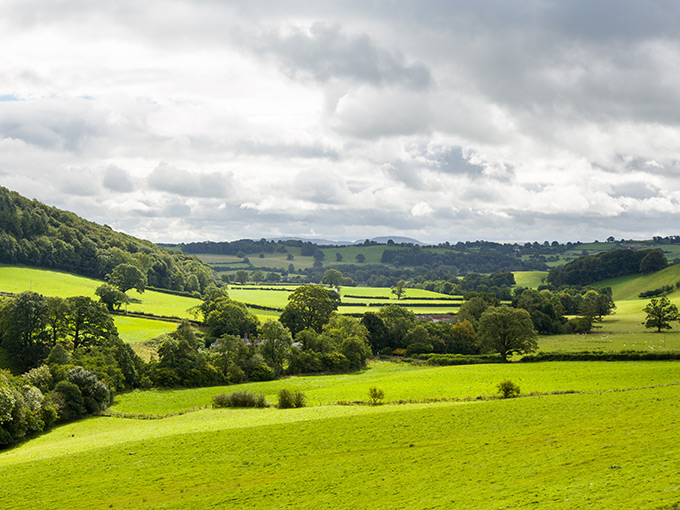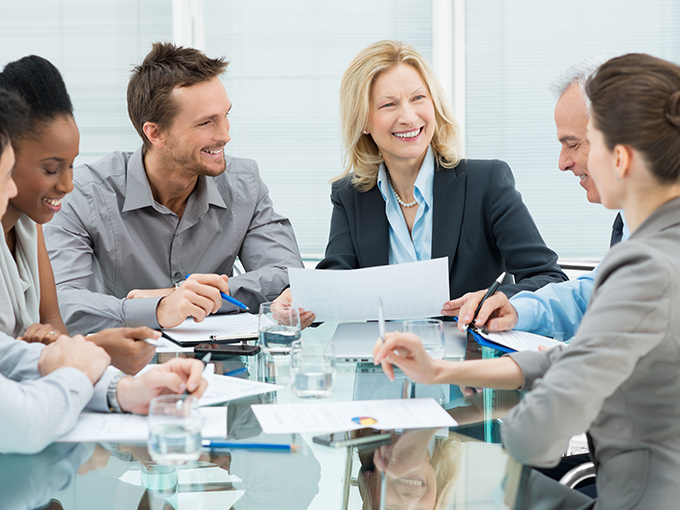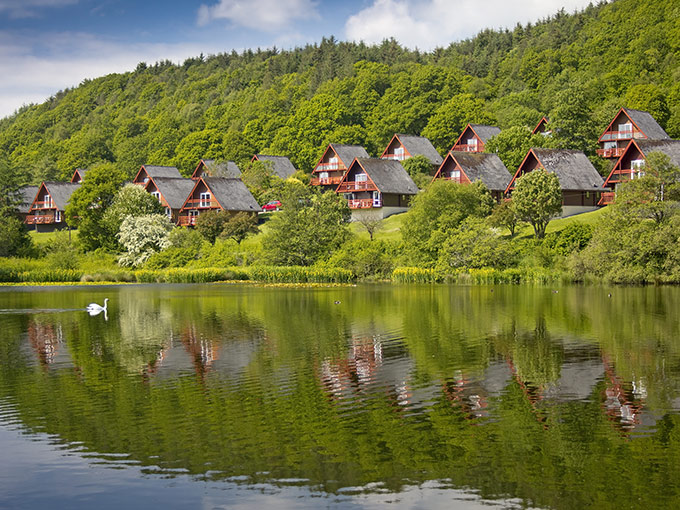Agricultural Property Relief is a very valuable tool for minimising inheritance tax payable on death or on lifetime gifts to trusts. This remains the case even with the changes announced in the 2024 Autumn Budget.
With increasing volumes of anti-avoidance legislation and cases tightening up on what will qualify for relief, in this article we look at the fundamentals and at some points that might catch out the unwary.
What is Agricultural Property Relief?
Agricultural Property Relief (APR) is available on gifts of land occupied for the purposes of agriculture, together with appropriate buildings and farmhouses. The property in question must have been either occupied by the owner for the purposes of agriculture for two years prior to the gift or owned by them for seven years and occupied by someone else for the purposes of agriculture throughout that period.
Relief can be given at either 50% or 100%, depending on whether certain conditions have been met about the occupation and use of that land. Broadly, if the land is in-hand, let on a Farm Business Tenancy (FBT) or the owner has the right to vacant possession within 24 months, 100% relief should be available. In most other cases, 50% relief would be available.
The government has announced that from 6 April 2026, the full 100% relief for APR (and Business Property Relief (BPR)) will be limited. The 100% rate of relief will only apply to the first £1 million of combined agricultural and business property and any value above this will receive relief at 50%. These new rules also apply for lifetime gifts on or after 30 October 2024 if the donor dies on or after 6 April 2026 but within seven years of the gift.
Unfortunately, ‘agriculture’ is not defined in the inheritance tax legislation and we have to rely on caselaw and other guidance as well as HMRC’s views (although these should not be mistaken for confirmed law) when trying to determine whether something is used for the purposes of agriculture.
In broad terms, this includes horticulture, growing fruit and the intensive rearing of livestock or fish for human consumption. It also includes woodlands that are ancillary to the farming operation, eg woodland shelter belts.
Agricultural Property Relief exclusions
Among other things, there are a few exclusions that might catch out the unwary. Keeping horses for farm work may be ‘agriculture’, as is stud farming, but grazing horses used for recreational riding is not included. Derelict buildings are not ‘occupied for the purposes of agriculture’ and any remaining entitlements under the basic payment scheme also do not qualify for APR (although BPR will, in many cases, be available).
Broiler houses for rearing poultry have also been excluded in the past on the basis that the buildings are not used for a purpose ‘ancillary’ to the agricultural land and pasture. Again, BPR may well be available in this instance instead, where this activity is undertaken by the owner.
Does a farmhouse qualify for Agricultural Property Relief?
There has been much coverage of the caselaw on such properties in our rural business newsletters over the years, in particular on what is ‘of a character appropriate’. This test is integral to both the Antrobus and Arnander (McKenna) cases. A crucial factor is where the farming business is controlled from. Is it the farmhouse, a farm office or a managing agents’ office? The answer will impact on the availability of the relief for the farmhouse.
Older farmers should also be aware that once they have retired HMRC may view the farmhouse as a ‘home for retirement’ rather than it being the centre of operations for the farming business carried out on the land. In these circumstances, it may be wise to consider whether the next generation should occupy the main farmhouse, provided they are continuing the family farming business.
Environmental schemes
In the 2024 Autumn Budget, it was confirmed that APR is being extended from 6 April 2025 to include land managed under an environmental agreement with, or on behalf of, the UK government, devolved governments, public bodies, local authorities, or approved responsible bodies. This will be welcome news as many landowners were reticent to move into environmental schemes for fear of losing the availability of APR. This extension will be limited to certain schemes and therefore not all land put to environmental use will necessarily qualify. This extension also extends to farmhouses provided they are ‘character appropriate’ as discussed above.
Diversification issues
Reforms to farm business tenancies to enable tenants to widen the scope of their activity on the land they occupy may be widely viewed as a good step towards encouraging profitability through diversification.
It is important to bear in mind that if you are the landlord, APR will only be available if the tenant is carrying on agricultural activities. If the tenant diversifies and sets up another business (eg grazing horses or operating kennels), the land is no longer occupied for the purposes of agriculture and APR will not be available. BPR is also not available as the landlord is not the person operating the trading business – the tenant is.
Further, if only part of the tenant’s business activities is farming, but most are not, what are they occupying the farmhouse for? Arguably not for the ’purposes of agriculture’, putting APR on the let farmhouse in jeopardy.
Grazing licence
Land let on a grazing licence is unlikely to be ‘occupied’ by the owner, unless they retain sufficient responsibility for maintaining the land and does so themselves. Particular care should therefore be taken where the land has not been owned for seven years; a little additional work by the owner could secure valuable relief at an earlier date. Landowners should refer to the model ‘profit of pasturage’ agreement agreed with HMRC.
Agricultural value
APR is restricted to the agricultural value of the property. Again, there have been cases on this issue, which are not covered here. However, owners should bear in mind that hope or development value and the value of sporting rights will not be covered by APR. In some circumstances, BPR may be available instead.
For farmhouses typically HMRC say the agricultural value is between 60% and 70% of open market value, but it is also possible for there to be no disparity between agricultural and market values. Importantly, and despite HMRC’s insistence, there is no ‘standard discount’.
Business Property Relief
Where agricultural property relief is not available in full, consider whether BPR may apply. For more on this, see our article on Business Property Relief.
Debts
Measures introduced in the 2013 Finance Act radically changed the way in which debts attributed to APR property are taken into account when computing the available tax relief.
Under the pre 2013 rules, a debt, even if used to acquire APR property, was set against the asset on which it is secured and this was highly beneficial from an IHT perspective.
The current rules impact transfers of value (ie where a gift is made) on or after 17 July 2013, but apply from 6 April 2013 where a new debt is undertaken or refinanced; established borrowing continues to be treated under the old rules.
Under the current rules, irrespective of the nature of the asset against which the debt is secured, to the extent that the debt was used to acquire or improve APR assets, it must be set against these assets before the relief is given.
Clawbacks
Although a lifetime gift from one individual to another may qualify for APR when made, it will nonetheless remain a potentially exempt transfer (PET) and will not be subject to inheritance tax if the seven-year survival period is met.
If the PET fails, it will be tested for APR at the earlier of the donor or donee’s death, but its status at that time will be viewed from the donee’s and not donor’s perspective. This clawback action, which also applies to chargeable lifetime transfers, can cause problems and lead to unexpected inheritance tax charges where the asset no longer qualifies for APR.
Agricultural Property Relief – a summary
HMRC shows particular interest in farming businesses that are small and typically occupy less than 20 acres or if the owner is no longer actively involved in farming (perhaps by reason of old age or infirmity) or if the buildings are so dominant that the ancillary rule is breached.
It is advisable to periodically review the assets that you own in order to confirm their inheritance tax treatment, which may change due to a different use or the impact of new legislation and case law. It can often be the case that the family farming business has undergone considerable changes since the last inheritance tax review was carried out and with ever-rising property prices, it is wise to keep an eye on the value of the assets that are not relievable.
With good planning and advice there may well be ways of improving the situation before a chargeable event (and thus a potential problem) takes place.
This article is based on law and HMRC practice at 15 January 2025 and includes changes announced by the government which are not yet law.
Useful resources:









